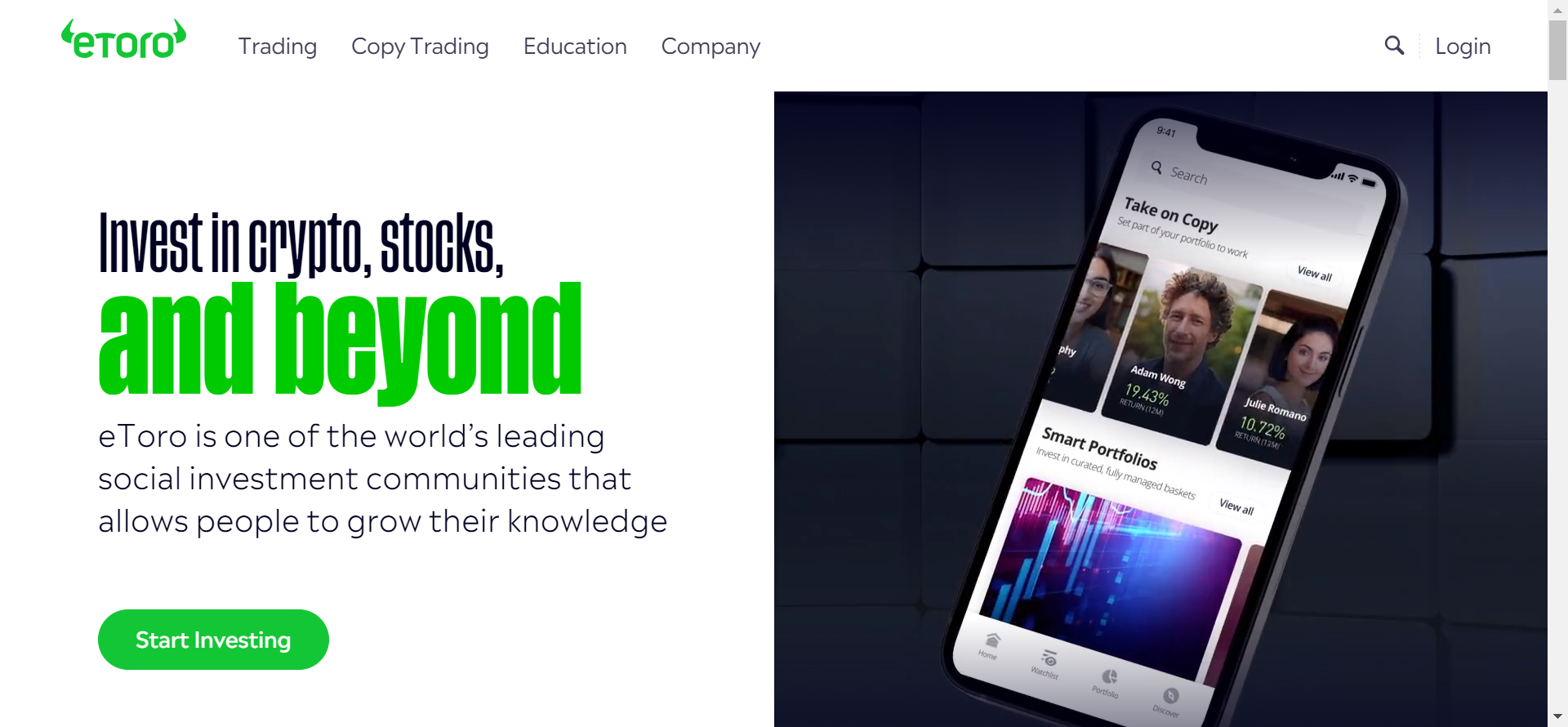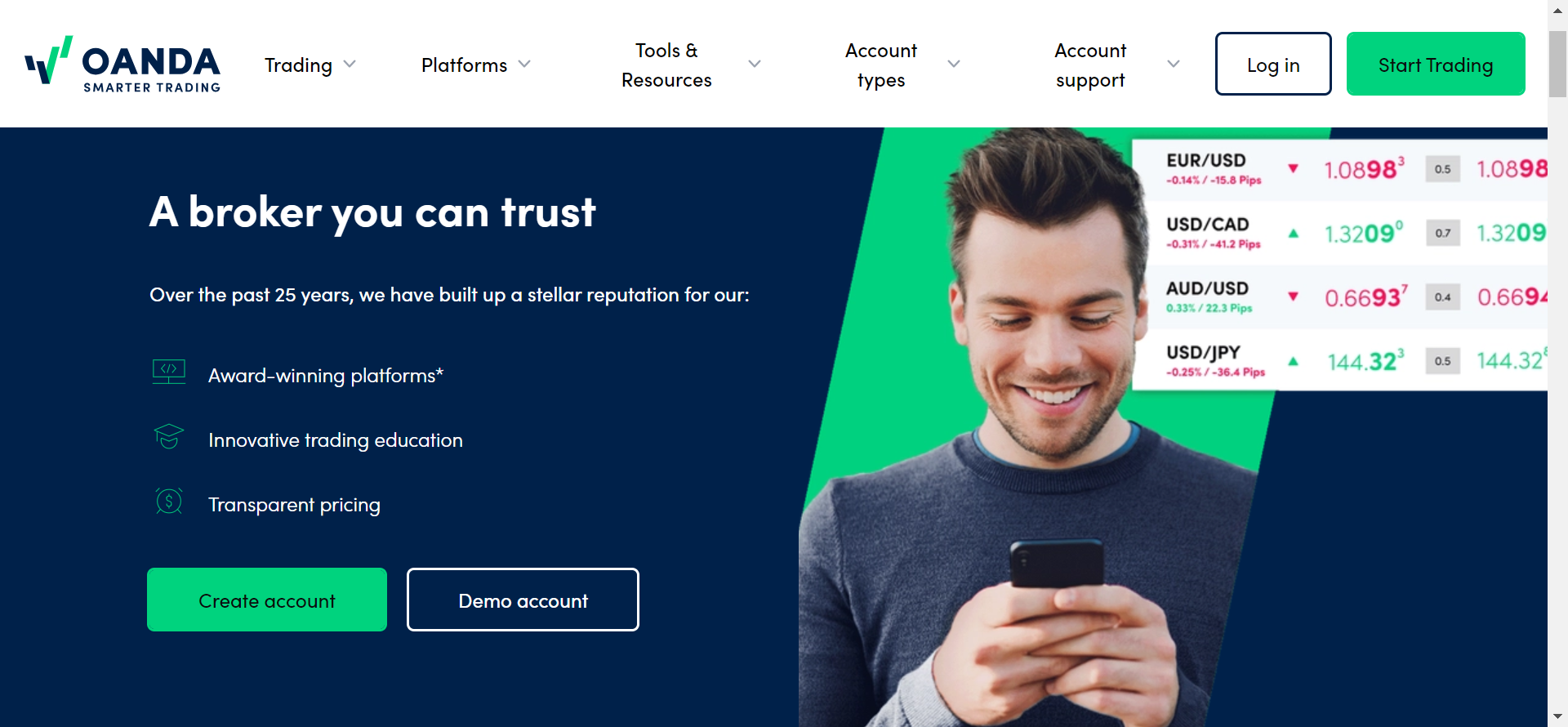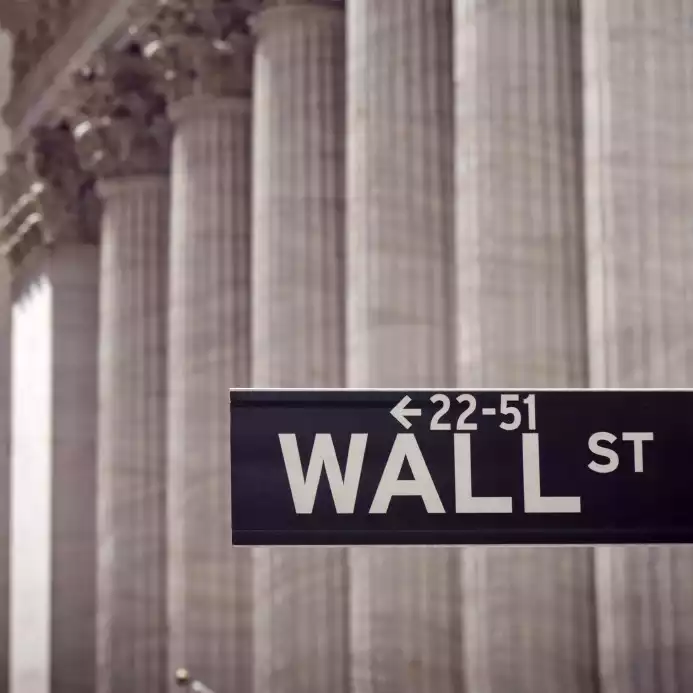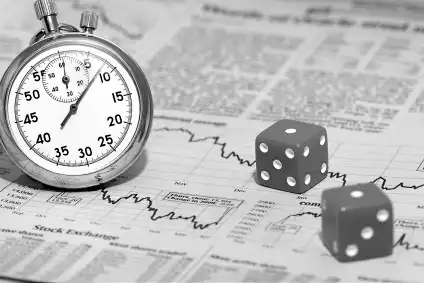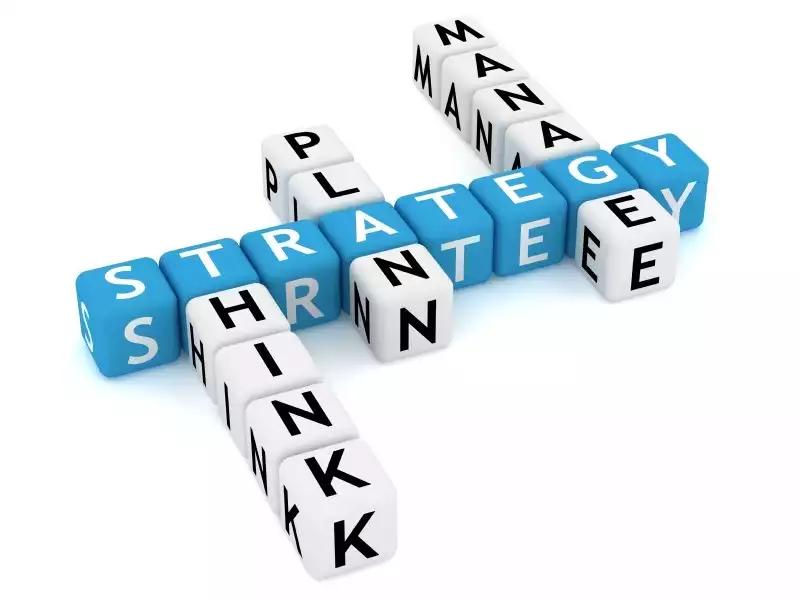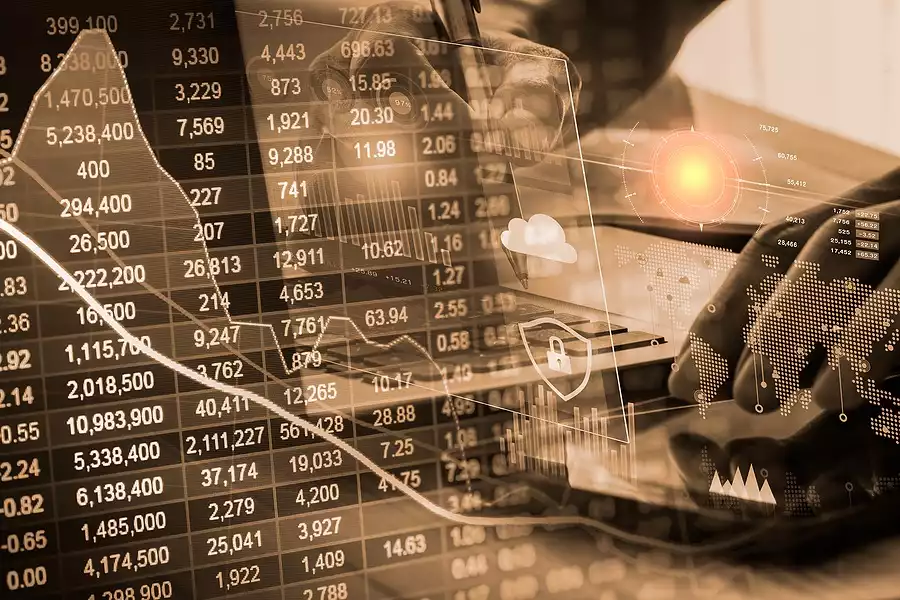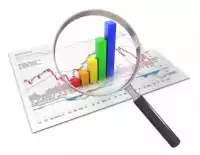What Is Equity Risk Premium And Should I Use It?
April 19, 2020 Updated October 13, 2023
 Takeaways
Takeaways
Understanding equity risk premium
Understand the margin of safety it can provide
Limitations in extraordinary times
What is the equity risk premium?
Equity risk premium is the excess return you should expect from investing in equities. Equities are incredibly risky. You have all sorts of risk: inflation risk, overvalued stocks and systematic risk to worry about, not to mention companies going bankrupt.
Even being listed on the FTSE100 with its stringent reporting requirements does not protect you, as shareholders of Carillion and NMC health can attest. As a result, you should expect a higher rate of return above the risk-free rate to compensate you for the extra risk you are taking.

The equity risk premium is calculated using the attached formula. In practice, the risk free rate is either the US 10y Treasury or the German 10y Bund. You would take the expected equity market return (share price growth with dividends re-invested) of 10%. Using the US treasury as the risk free rate, you would take its annual (yield) return of 2%. If you subtract the expected equity market return from the risk free rate, you get your expected equity market premium of 8%.
Risk first profit second
It may be cliché to say, but a portfolio manager is a risk manager first and investors second. If you lose all your money before you have even made any, you will not last long. Warren Buffet famously lives by this, with his first rule (Never lose money) and second rule (Never forget rule No. 1)!
Risk management should be your focus at all times.
Before buying a share because a broker or a friend of yours has tipped it, what is the downside risk they have missed or are not talking about? Could this risk be big enough to wipe out the companies (cash) profits?
Sadly just like school, if you do not do your homework you will not get a positive outcome! Indeed firms use creative accounting to hide lack of growth. Use you can lose everything when this is uncovered.
Safety belt at all times…
Any equity investor will do well to read Benjamin Graham's Intelligent Investor. This book is considered one of the cornerstones of investing. Although some of it may appear relatively heavy for the do-it-yourself investor, understanding the key concepts it raises will help you avoid pitfalls and make money!
Critical to this book is the concept of margin of safety. This means that when you buy a position in a stock, you ensure that you buy it so cheaply that if something goes wrong, the downside risk is limited.
In essence you should build a position on 'down days' when a stock market sell off allows you to profit at the everyone's expense. As a result you will pick up the stock lower than it's intrinsic value. You can work out this value by performing fundamental analysis. Once stock brokers realise their mistake and re-rate the stock back up, you already have a (profit) cushion in case stock specific volatility appears.
Nothing is perfect
In the 21st century investors have had to get used to an abnormal economic situation, with an extraordinary trial of economic theory. The use of quantative easing on the scale it has, by so many leading nations, has never been seen before. This has led to bond prices being out of quilter with historical norm as a huge new buyer (central banks) have entered markets.
As a result, bond yields have been pushed down to incredible lows with some even turning negative. Investors who traditionally bought bonds in their stock portfolios have switched to high quality equities whose earnings are less volatile. In turn pushing their p/e ratios to sky high valuations. This leaves them open to volatile share price reaction if they have a profit warning.
In effect we have seen somewhat of a disappearance in the traditional equity risk premium. This has occurred as investors desperately search for yield. Although having a trading plan is important, sometimes adopting a little flexibility is useful.
Being disciplined and expecting an equity risk premium from an investment is good long-term investing. Yet this would mean missing out on the S&P500's strong rally of the late 201…s - so remain flexible!
Conclusion
Adopting a risk adjusted return is pushing it a little far, demanding bang for your buck is a priority. Why risk your hard-earned cash without greater prospect of a large return? Many consider the disciplined approach found in the equity risk premium one of the core lessons on investing.
Unfortunately, markets evolve and occasionally you have to do the same and be flexible. Anyone looking for an equity risk premium in the recent years would have struggled with the manner in which momentum investing has taken hold.
Stock valuations are so high the equity risk premium has disappeared.
This would have meant missing out on profit from share price rises and compounding off dividends. If a someone such as Warren Buffet, famous for his disciplined investing along the equity risk premium lines can evolve, why can't you?
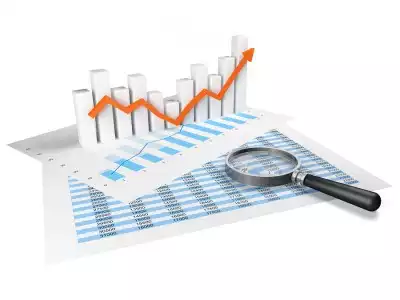
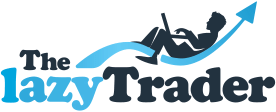
 Takeaways
Takeaways


